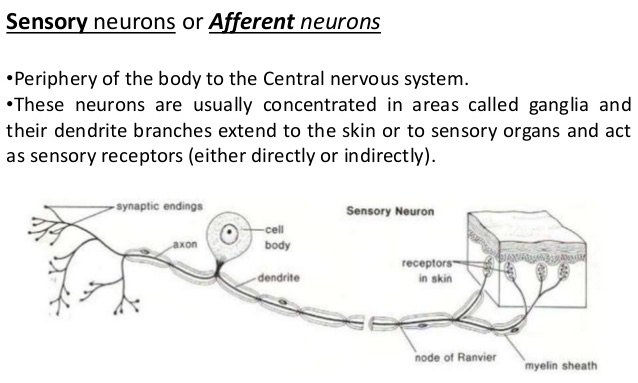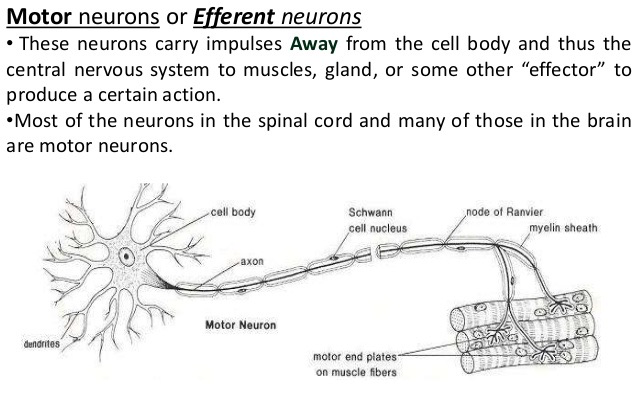The human brain
To start my thesis work I had to come back to the roots of what I’d been learning 10 years back. I had to pull out my old text books on neuropsychology and biological psychology. Not because of the psychology aspect of things, but because of the biology of the brain. I needed to review, to understand and to expand.
Important views of the brain:
- dorsal view (top view)
- ventral view (bottom view)
Types of cells:
- neurons (convey messages)
- glia (do not convey information over great distances)
Brain areas dorsal view:
- frontal lobe (finnish: otsalohko)
- precentral gyrus (erukeskipoimu)
- central sulcus (keskusuurre)
- postcentral gyrus (takakeskipoimu)
- parietal lobe (päälakilohko)
- occipital lobe (takaraivolohko)
Brain areas ventral view:
- frontal lobe of cerebral cortex (iso-aivokuoren otsalohko)
- temporal lobe of cerebral cortex (iso-aivokuoren ohimolohko)
- medulla (ydinjatke)
- cerebellum (pikkuaivot)
- longitudinal fissure (pitkittäisrako)
- olfactory bulbs ()
- optic nerve (näköhermo)
- spinal cord (selkäydin)
Basic structure of the animal cell:
The surface is a plasma membrane composed of 2 layers of fat molecules (phospholipid molecules) and protein channels (protein molecules) controlling the flow of ions (water, oxygen, sodium, potassium, calcium chloride, etc) into the cell.
They consist of a nucleus (except red blood cells) with chromosomes, mitochondrion (metabolic activities), robosomes (synthesizing new protein molecules), and the endoplasmic retriculum a thin network of tubes that transport newly synthesized proteins to other locations.
Structure of the a Neuron
Large neurons have: dendrites, a soma (cell body), an axon, and presynaptic terminals. Note: tiny neurons lack axons, and some well-defined dendrites. For example a sensory neuron (sensitive to some form of stimulus, aka light, sound, touch) generally have a small soma that is directly on the main trunk of the axon (see image below).
 Soma is located on the stalk off the main trunk of the axon
Soma is located on the stalk off the main trunk of the axon
A motor neuron on the other hand has a clear nucleus at the end of it’s axon. To compare a picture of it below:
 A motor neuron within the spinal cord that has a long axon attached to it's soma
A motor neuron within the spinal cord that has a long axon attached to it's soma
Dandrites are branching fibers (word from Greek dendrite meaning “tree”) that have synaptic receptors to receive information. Some contain dendritic spines that increase the surface area available for synapses. The shape of dandries varies according to a type of neuron and even given time. A neuron can have any number of dandrites, but only one axon (that may have branches).
Soma (cell body, Greek word “body”, pl.:somata), contains the structures found basic structure of the animal cell. The body ranges from 0.005mm to 0.1mm in mammals.
Axon (Greek word meaning “axis”) thin fiber of constant diameter and generally longer than dendrites. This conveys a pulse towards other neurons. It is often covered with a myelin sheath with interruptions known as nodes of Ranvier (pronounced RAHN-vee-ay). Axons have many branches and swells at its tip, forming a presynaptic terminal (aka. end bulb or bouton) and is the point it releases chemicals that cross through the space between one neuron and the next. Axons vary in length and can be more than a meter, but branches generally depart from its trunk far from the cell body near the terminals.
Afferent Axon = brings information into a structure
Efferent Axon = carries information away from a structure
Intrinsic Neuron (aka interneuron) = cell’s dendrites and axon are entirely contained within a single structure
